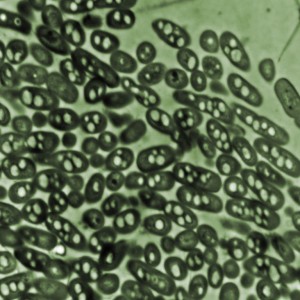Does sleeping longer really benefit us throughout the day? Most of us have been told that lots of sleep is necessary to function at our best, but there really haven’t been any findings that show more than 7 or 8 hours of sleep causes you to function well or to function even better than normal compared to sleeping 6 or 7 hours. Not many people realize the importance of the amount of time that is actually needed for the brain to refresh itself and the habit of sleeping at the right time along with waking up at the right time. I argue that sleeping longer does not improve cognitive and body functions, but sleeping with a consistent schedule and good sleep quality is better for the body and brain.
Sleep quantity is important, especially in the time the brain needs to refresh itself through different stages. Sleep can be characterized into four stages and rapid eye movement (REM). The first stage is where the body is in between consciousness and unconsciousness and theta activity is between 3.5 and 7.5 Hz. The second stage is where eye movement ceases, and brain waves slow down. The third stage is when the brain starts producing delta waves. By the fourth stage, the brain pretty much just produces delta waves exclusively.
After the fourth stage, the body is now in REM sleep, usually referred to as deep sleep. During REM sleep, breathing becomes more rapid and the eyes jerk rapidly in different directions. It is also during this time that the quantity of sleep is very important because the brain and body is rejuvenating itself. But is it wise to think that, because brain and body need lots of time to rejuvenate itself, oversleeping is justified?
According to the American Sleep Association (ASA), the average amount of sleep for adults usually fall in the range of 7.5 to 8.2 hours of sleep; however, there are variations where others may need as little as 5 or 6 hours to function just as well.
 Neurologist talks about getting good quality sleep (from MercySacramento)
Neurologist talks about getting good quality sleep (from MercySacramento)
Mercy Medical Group neurologist and sleep specialist Alan Shatzel shares that efficient and quality sleep is very important, and the reason why people are sleep deprived even when they do sleep some 8 hours is because there are various factors that are interfering with their sleep.
An article from the Journal of Psychosomatic Research looked at the sleep quality vs. the sleep quantity between college students. What the study showed was that sleep quality was better related to health, feelings of tension, anger, anger, fatigue, and confusion. This study not only shows that sleep quality is more important than sleep quantity, it also shows that sleep quality with a consistent schedule is necessary for better performance.
From my own experience, university is tough and in order to do well, there are times when I have skipped several nights of sleep just to review more material. However, whether I did well or not, I would always feel very unsatisfied afterwards; not because of the test, but because I would be getting headaches and other pains. Even after sleeping for 10 hours just to make up for lost sleep, I would still feel horrible and tired.
Therefore, I would strongly advise everyone that whether you have an exam tomorrow or a big presentation in a few weeks, the best strategy for doing well is sleeping with consistency (~7-8 hours per day) along with good quality sleep!
-Daniel Liao
Sources:
Pilcher, J.J., D.R. Ginter, et al. “Sleep quality versus sleep quantity: Relationships between sleep and measures of health, well-being and sleepiness in college students.” JOURNAL OF PSYCHOSOMATIC RESEARCH . 42.6 (1997): 583-596. Web. 7 Oct. 2012. <http://www.sciencedirect.com/science/article/pii/S0022399997000044>.
http://www.sleepassociation.org/index.php?p=whatissleep
http://www.helpguide.org/life/sleeping.htm
http://www.happynews.com/living/sleep/rem-sleep.htm
Video:
https://www.youtube.com/watch?v=Ufl1jraYtjc&feature=related
Images:
http://www.ideachampions.com/weblogs/archives/2012/09/since_1986_i_ha.shtml
http://science.howstuffworks.com/environmental/life/inside-the-mind/human-brain/sleep1.htm
























